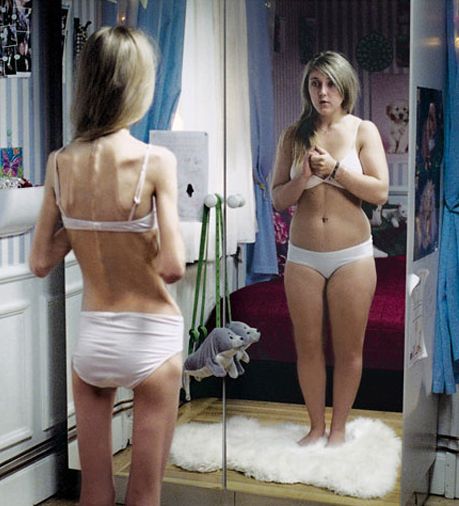By Jenn Thoman
According to a recent Gallup poll, there is one deviant behavior that Americans are still definitely not on board with. When asked about a list of minority groups, and whether Americans would elect them into public office, who do you think ranked last?
According to a recent Gallup poll, there is one deviant behavior that Americans are still definitely not on board with. When asked about a list of minority groups, and whether Americans would elect them into public office, who do you think ranked last?
Far below women, African Americans, recent immigrants, Muslims, and homosexuals ranked atheists. Apparently, the American public does not trust non-theists. This lack of trust doesn't just apply to holding office, either. When survey participants were asked who most "shares [your] view of American society", Atheists ranked dead last. When those same people were asked who they would most want their children to marry, atheists ranked last again!
Sociologists define deviance as any behavior or identity that violates commonly held social norms. This country has a long history of religious belief, so the idea that someone can live here and be a productive member of society without religion is foreign. It is often asked of atheists, "Where do you get your sense of right and wrong, if not from a higher power?" There are no statistics that say atheists are more likely to commit crimes, so where does that idea come from?
Our country was founded on the basis of religious freedom. Now that so many behaviors that were considered deviant even twenty years ago are beginning to be accepted (like tattoos in the workplace, or openly LGBT relationships), maybe it's time to accept the idea of freedom from religion as well.
























